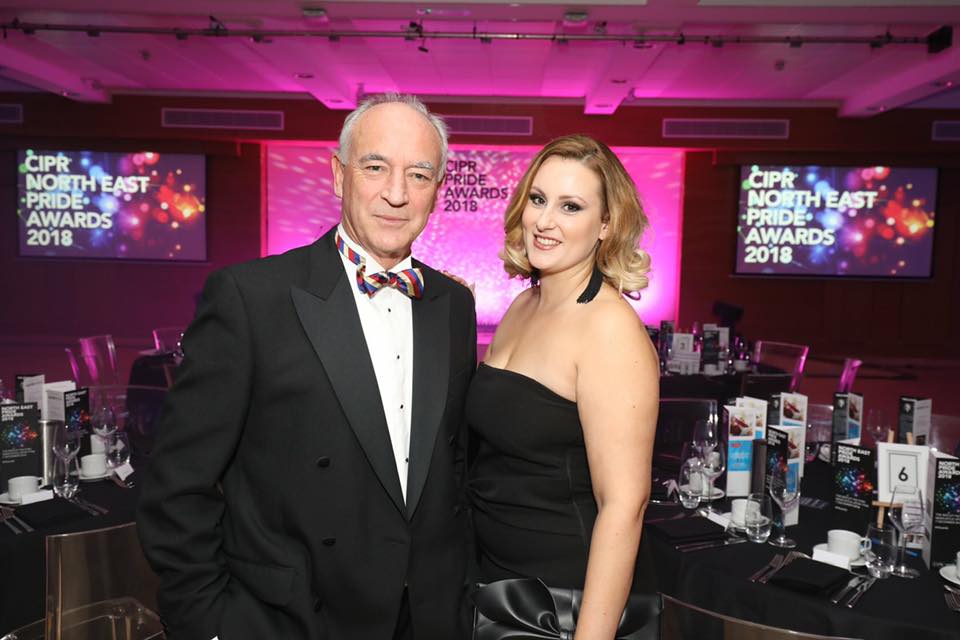
By Anne-Marie Lacey
Here in the UK, the month of September signals the start of the ‘back to school’ season. My social media feeds are peppered with students packing their bags, leaving home and heading to university for the first time, all the way through to proud parents posting pictures of their little ones dressed in uniform on their very first day of school.
This got me thinking… I’ve been where you are before. Just over a decade ago (after a short break to work in sales and marketing between my undergraduate and post-graduate qualifications), I was nervously packing my bag for my first day at university to study for my Masters Degree in Public Relations with accreditation by the CIPR.
With the benefit of hindsight and thinking about how the PR, communication and media landscape looks today, I thought I’d share with you my top five tips for preparing to go ‘back to school’ ahead of your first workshops, seminars and lectures on your course!
1. Register for a Twitter account
It’s important that you start building your professional network (it’s never too early to start) and Twitter is a great place to do this. If you haven’t already got an account, you can register for one for free.
Remember, it’s important that you’re professional in your approach, so make sure you use a sensible name, @handle, profile picture and biography. You’re not only representing yourself to potential future employers, you’re also representing Newcastle University and this programme of study as a student.
Then, start following media commentators, communication professionals and industry bodies. Here are some suggestions to get you started and from here you can then decide based on the accounts’ content who else you want to follow:
Media, Culture and Heritage at Newcastle University
The national and regional CIPR account
Stephen Waddington, CIPR President 2013, and Visiting Professor of PR Practice here at Newcastle
2. Engage with Stephen Waddington’s content
As mentioned in #1, Stephen is Visiting Professor of PR Practice here at Newcastle. He also runs a successful PR and communications management consultancy called Wadds Inc, is a published author, curates a community of PR and communications professionals on Facebook and regularly creates super useful content that is easily accessible.
Take the time to explore Stephen Waddington’s website and sign up for his free emails. He publishes a newsletter every Monday morning rounding up the previous week’s media and communication news.
3. Get familiar with your trade media
Subscriptions can be expensive, but lots of different trade media like The Drum, PRMoment, CIPR’s Influence blog and Provoke Media host industry news stories about the latest happenings on their websites. Take the time to check them out, sign up for their regular emails, and keep abreast of the latest industry news.
These publications are a great way to see how people are applying the theory you’re learning in practice, who the movers and shakers are in the industry (and therefore who you may also want to follow on Twitter), as well as news about internships and job opportunities.
4. Keep up-to-date with the UK media too!
Immerse yourself in the UK media on a daily basis. A fun little challenge to do (and in fact this used to be one of my daily jobs when I was a PR Account Executive first starting out in the industry) is to read, watch and listen to the days news stories and try to figure out the source of the story.
Is it breaking news, is it an evolving news story, or has it been generated as a result of Public Relations activity? If you can hone this skill, it’ll help you to develop a good nose to sniff out a news story, understand how the media works, and ultimately what types of stories journalists are interested in which is super important when it comes to media relations.
5. Have the right mind set.
As you’re studying a post-graduate degree, you obviously have previously studied, and so joining Newcastle is very much a case of ‘back to school’ for you. However, please don’t think that your learning will be all wrapped up in a nice degree certificate scroll at the end of this academic year.
No – I did my Master Degree over a decade ago and I can tell you now, the industry today looks very different from what I was taught back then. I’ve no doubt your experience will be the same: 10 years after graduation, while the theories and frameworks you’ll learn over the next year will stand you in good stead, the industry will have progressed at such a pace you’ll have lots of new skills you need to learn, too.
With that in mind, please watch my Introduction to the CIPR Sway as part of your Welcome Week activies, and give serious consideration to joining the Instiute as a Student Member. You’ll have access to a whole host of useful resources that will not only be relevant for your studies here and now, but if you continue your membership journey with the CIPR, the life-long commitment to Continous Professional Development (CPD) will certainly help to set you up for a successful career in PR and communiction.
All that is left for me to say is welcome to Newcastle, good luck with your studies, and I look forward to meeting you all very soon!










